Time-lapse movie shows construction of Richard Rogers' revamped Prouvé house
Galerie Patrick Seguin has released a time-lapse movie showing Rogers Stirk Harbour + Partners' adaptation of a 70-year-old Jean Prouvé house being assembled in a field (+ movie).
The London architects have added pods containing a bathroom and a kitchen to an original 6x6 Demountable House, designed by the French architect-engineer in 1944. Mobile solar power and hot water systems are mounted on specially designed trolleys.
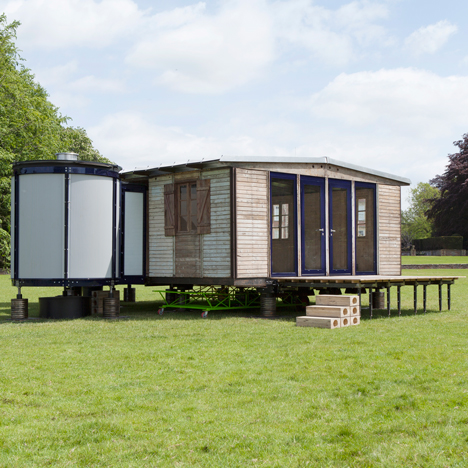
The movie shows how quickly Prouvé's flatpack structure, made of timber and folded-steel components, can be assembled. Prouvé intended each house to fit on a single truck and require just three people to assemble it in a day.
Related content: read all our stories about Jean Prouvé
"In keeping with the original design, all components can be manually assembled and dismantled easily on site, and different panel locations can be configured to suit specific locations," said RSHP.
"Placing the pods on the outside maintains the flexibility of the original internal layout, and the trolleys ensure the house has an independent supply of water and energy so it can be built in any environment."
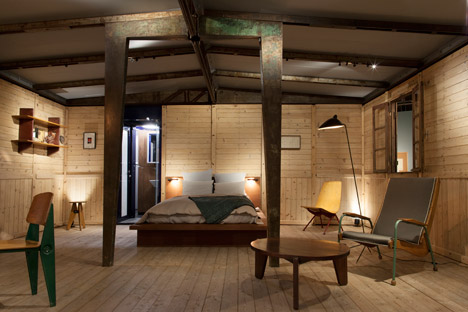
The home is a rare surviving original from a series of lightweight, single-room dwellings that Prouvé created to help alleviate the post-war housing shortage in France.
Galerie Patrick Seguin, a French gallery that specialises in the work of Prouvé, recently invited RSHP to update the house for use as a holiday home.
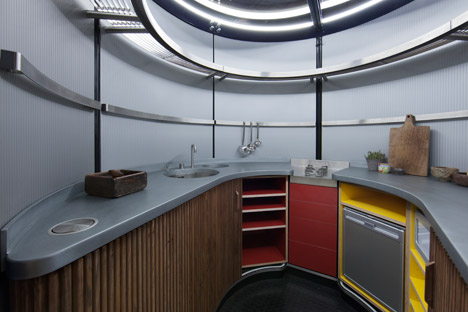
The architects, headed by Richard Rogers, added two prefabricated cylindrical pods to the house, one containing a bathroom and the other a kitchen.
"RSHP's design replaces six of the original wooden panels to provide a link bridge connection to each pod and an entrance of four glazed panels that bring light into the main living space and open onto a new external decking platform," said the architects.
"The decking is controlled through a counter-balance system so it can be lowered for use as an outdoor space or raised to act as a shutter to protect the glazing against extreme weather conditions."
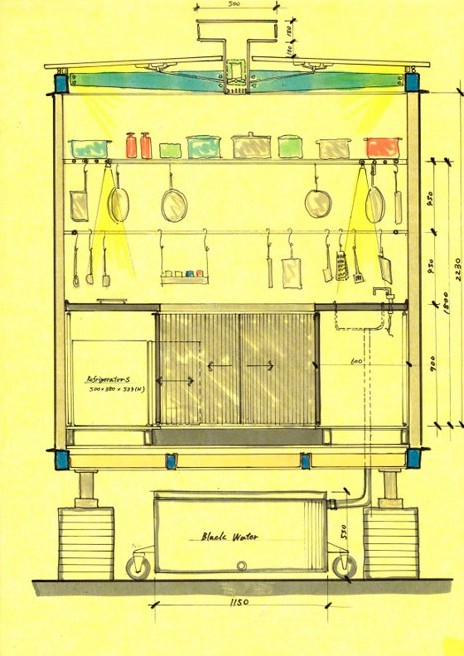
The updated home was presented at the Design Miami/Basel collectors fair in Switzerland last week.
Prouvé is one of the most important architects and designers of the mid-twentieth century. The self-taught architect, designer and engineer was born in Nancy, France in 1901 and died in 1984.
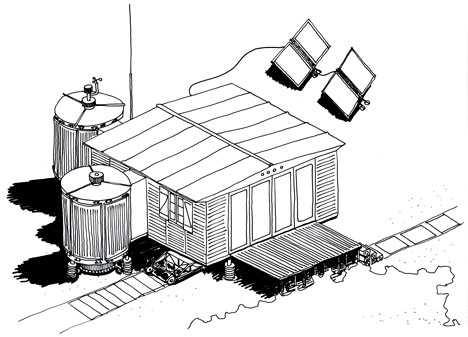
He pioneered the use of lightweight folded steel in both furniture and architecture and experimented with lightweight, demountable structures that were ahead of their time.
There has been a surge of interest in Prouvé's work recently, with G-Star Raw and Vitra combining to reissue his office furniture designs from the 1940s and rare examples of his demountable houses being offered for sale for millions of dollars.
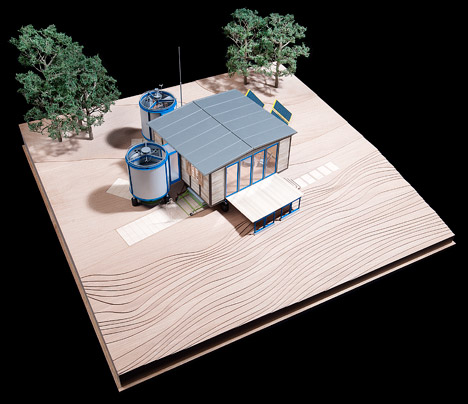
"Prouvé is now recognised as the most important architect-engineer of the mid-twentieth century," Prouvé is now recognised as the most important architect-engineer of the mid-twentieth century. Prouvé dealer Patrick Seguin said in an interview with Dezeen in 2013. "Before Prouvé, Modernism was [bent steel] tubes."
However Prouvé's demountable houses failed to help much with France's post-war housing crisis and very few of them survive.
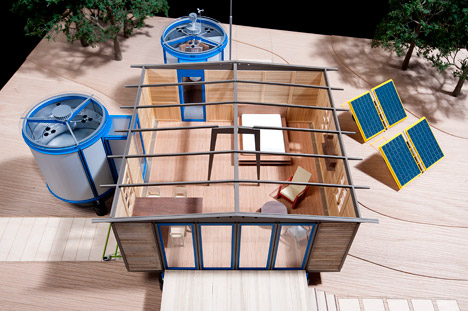
"There was a programme of 160 houses, but few of them were built and most of them were destroyed after the war," said Seguin, who in 2013 joked to Dezeen that a buyer today would have to ask an architect to add modern amenities.
When asked how anyone could live in a house with no bathroom or kitchen, Seguin replied: "You adapt it. You can adapt it with an architect. Ask Jean Nouvel, he will do it for you!"